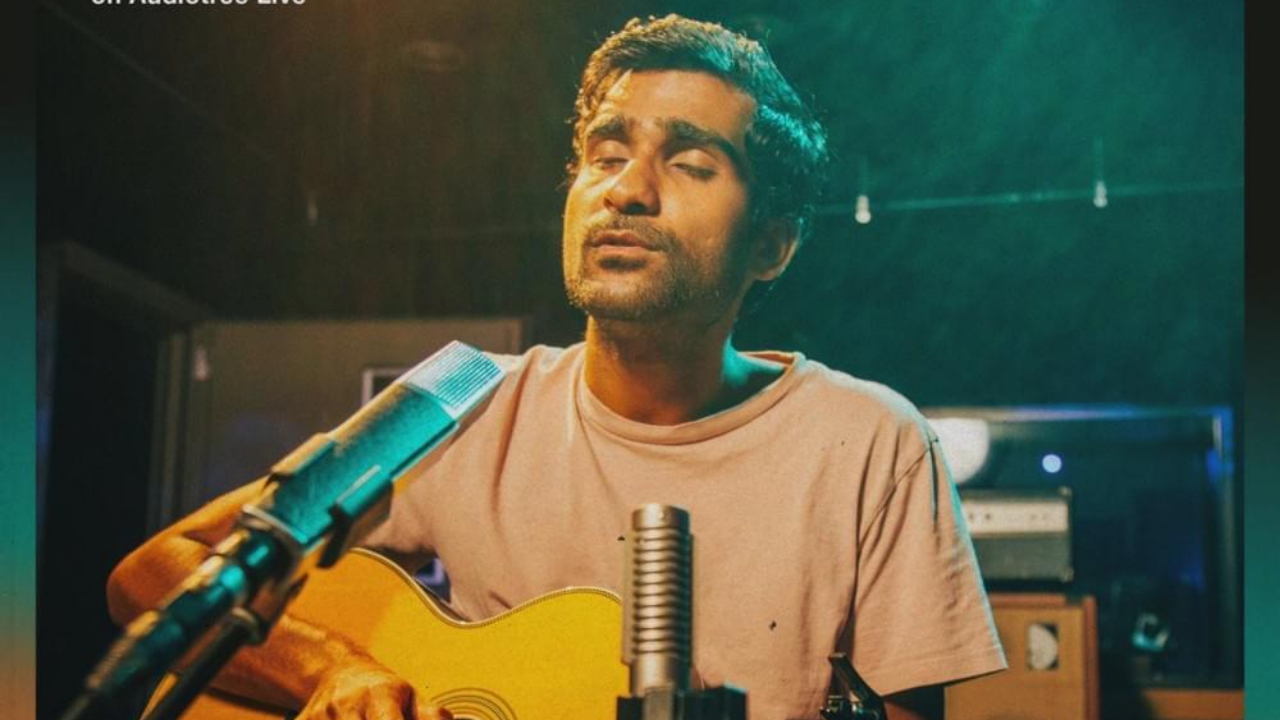
Phase 1, Electronic City
Bengaluru - 566 100

Phase 1, Electronic City
Bengaluru - 566 100

Have you noticed a shift in the music industry lately? There’s a new wave of music revolution happening, and it’s all thanks to indie artists. Gone are the days of major record labels holding all the power in the industry. Now, the rise of indie music is kicking down those doors and paving the way for fresh, authentic sounds. In this blog post, we’ll explore the reasons behind this shift and what it means for the future of music. So, let’s dive into the world of indie music and see what all the hype is about!
Indie music was born in unlikely local settings in the United States during the late 1970s and early 1980s. Post-punk, hardcore, alt-rock, underground noise rock, and post-rock genres made up the soundtrack of alternative culture. These genres were experimental and often contained unpredictable song structures and ferocious decibel levels. Indie music was founded with the idea that anyone could create a band, learn to play music, and press a record, in order to take the show on the road. This anarchic approach created a judgment-free community where individuals found each other in hole-in-the-wall venues, alternative record stores, and indie record labels.
The independent music scene in India is currently experiencing a revival thanks to the accessibility of streaming platforms and social media. Artists no longer need to depend on commercial labels to produce and promote their music, and can instead take an autonomous approach to creation and distribution. While the indie music scene in India has existed for decades, it was overshadowed by Bollywood music for a time. However, as internet access in India has become more widespread, independent artists have found new avenues to reach audiences and gain recognition.
Indie music is on the rise with a growing fan following and online visibility. With the use of streaming platforms and social media, indie artists are finding a path to success outside of the traditional music industry. Many of these artists have found success on platforms such as Spotify and YouTube, gaining millions of monthly listeners and views. Additionally, with the COVID-19 pandemic forcing live music to be put on hold, indie artists are pushing for online visibility and alternative revenue streams. Despite the challenges they face, the growth of their audience suggests that the indie music scene may be here to stay.
Live performances continue to be the primary source of revenue for independent musicians. With the temporary halt in live concerts due to the pandemic, artists are finding other ways to generate income such as music licensing and social media. Independent artists often fund their own careers without the backing of a label or advance, but through hard work and determination they’re finding success. As the music industry continues to evolve, it’s important for fans to support independent artists and help them achieve fair compensation for their hard work.

Prateek Kuhad is one of the most popular independent artists in India, known for his break-up ballad “Cold/Mess.” With over 19 lakh monthly listeners on Spotify and nearly 650K followers on Instagram, Kuhad has gained immense popularity. Many other budding artists like Anuv Jain, who started his YouTube channel as a schoolboy in Ludhiana, have also gained recognition. Suzonn from Guwahati and Osho Jain from Indore are other notable names. These artists, hailing from small towns, are contributing significantly to the rising popularity of indie music in India.
While the indie music scene in India has been on the rise in recent years, women singer-songwriters are still highly underrepresented. However, there are promising artists who are slowly building up a following, such as Delhi-based Samahita Narang whose soaring ‘Matwari (Devout)’ reflects Hindi classical influences, and New York-based Abhilasha Sinha who sings in both Hindi and English. These women are breaking the mold and paving the way for more diverse representation in the indie music industry.
Indie rock is a genre of music that marked a spirit of experimentation and alternative culture. In its early days, indie rock was defined by a DIY ethos, paper-thin line between fan and performer, and a judgmental world of cognoscenti. It was characterized by its ragged guitar riffs, ferocious decibel levels, and unpredictable song structures. Although it was initially considered a music genre made for local and often unlikely settings, indie rock has evolved into a global phenomenon that has produced various subgenres and related styles such as post-rock, emo, and punk-folk.

In the current music industry, fans and performers have become increasingly intertwined in their approach. This participatory and anarchic approach has led to the rise of independent artists and labels, who are projected to earn over $2 billion in 2020. The growth of independent music has resulted in a decline in market share for major record companies, with independent artists now controlling 32.5% of the market. As the industry continues to expand, the major labels may resort to buying out independent labels and distributors in order to regain control. However, it remains to be seen if independent operations will be allowed to continue unimpeded.
Indie music thrived throughout the 90s, building a strong and dedicated following. Bands like Sonic Youth and Mission of Burma established themselves as leaders in the alternative culture movement. However, as the decade came to a close, the indie aesthetic began to fade under the mainstream spotlight. But in the past decade, indie music has seen a resurgence, with bands like Arcade Fire and Grizzly Bear proving that staying true to their creative integrity can still lead to commercial success. The definition of indie rock may remain in flux, but its powerful influence on music and culture continues to thrive.
Watch this space for more news on Indie Music